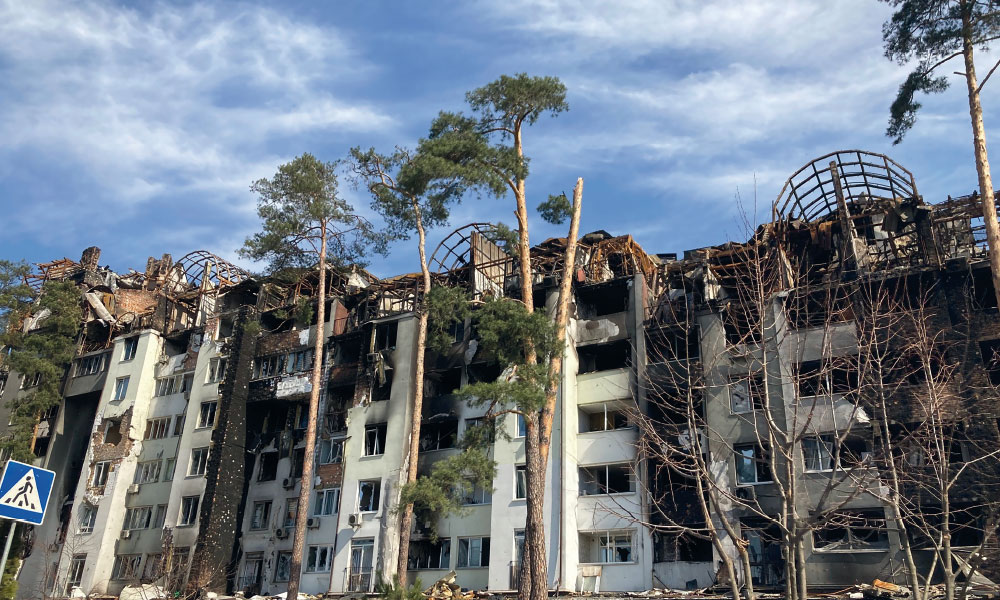
| Destroyed buildings in the suburbs of Kyiv. |
A press tour of liberation
Mischa van Diepen (27), correspondent for De Telegraaf, made seven trips to Ukraine in 2022 This is his story in word and image.
The only souls on the streets of Irpin were road workers and cleaners sweeping away shrapnel. But there, on a hill, I saw a few residents entering a domed Orthodox church. This was the first service since the liberation of the city, a gateway to Kiev.
Icy spring air came in through smashed windows; the breath of churchgoers in their winter clothes was visible. Lena Konstantinovna, in her late 50s, let her tears flow.
“They behaved like animals, with incomprehensible fury,” she said, weeping. Lena’s cousin died trying to get his child to safety. Whether the child got away, she couldn’t say. A week after the liberation, the outside world knew about the atrocities committed on the streets around Lena. For the past month, she hadn’t gone much further than her own courtyard.
Irpin is next to Bucha, the city whose name has become synonymous with Russian war crimes. I’d arrived in Kyiv by train the afternoon before this first church service, following a two-day journey from Amsterdam.
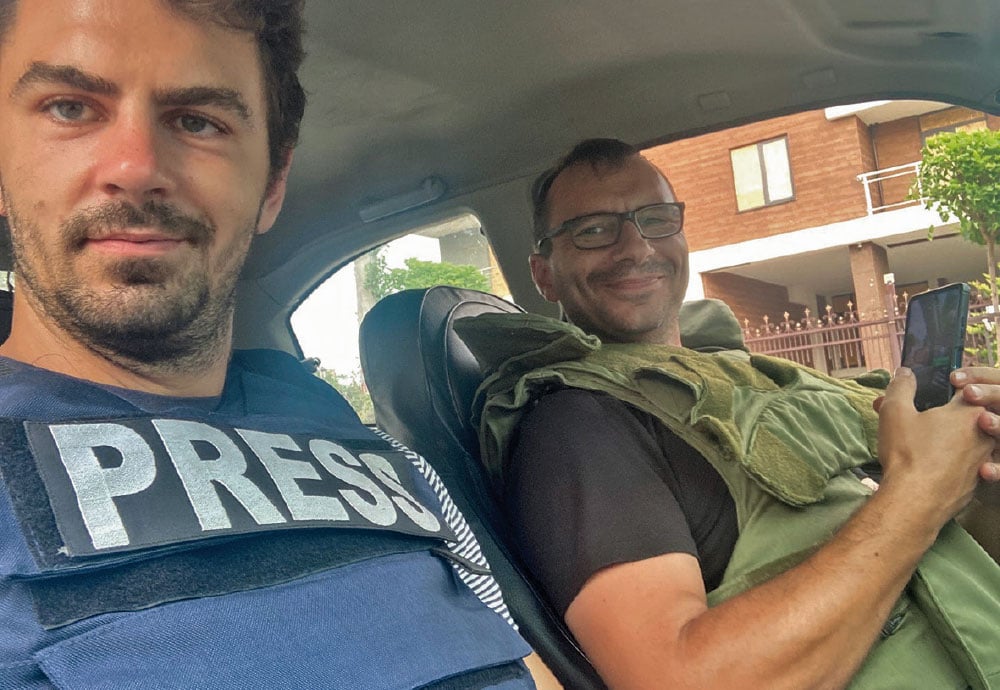
In the car with fixer Volodymyr Gamalytsja.
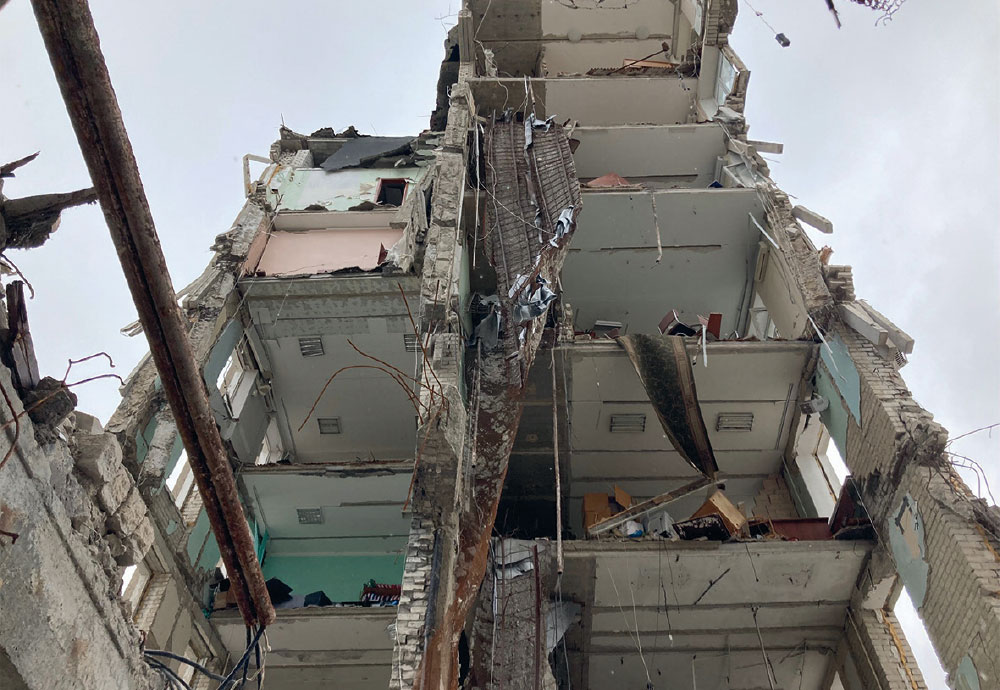
The destroyed council offices in Mykolaiv.
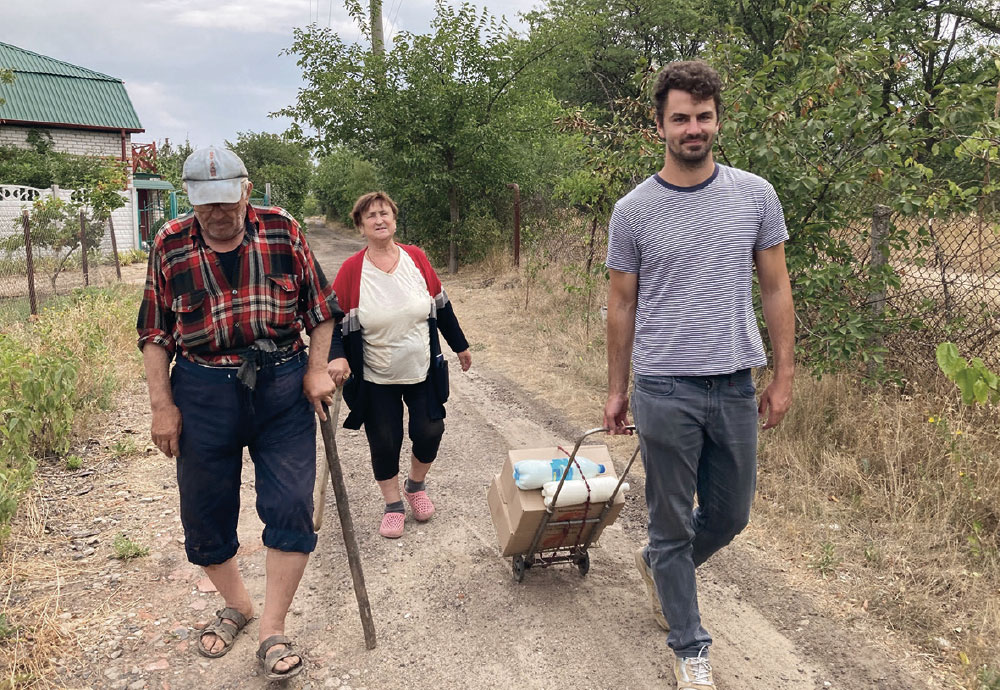
At a dacha complex above Mykolaiv, Mischa lent a hand distributing food parcels to refugees from the front city.
I started as a correspondent for De Telegraaf in Russia in October 2021, but Ukraine soon became my patch. Having travelled around the country in February and March, it became clear in early April that the main story was on the fringes of the capital. The corpses were literally lying in the streets as the Russians departed.
So I too had to get there, to the outskirts of Kyiv, to do another story for the Saturday edition. Through a journalist friend I met Oleksandr, a young man with a car. That was all I needed.
On the phone with this unknown Oleksandr, though, I ran into a problem: how do you get to a region where the Russians have only just left? Oleksandr knew some soldiers who could take us to Bucha and Irpin. But they were only available on Friday: too late for a report in the Saturday paper. Even in a war, there are deadlines.

In October 2021, I became the Russia correspondent for De Telegraaf, but Ukraine soon became my patch
That Thursday, our only alternative was to drive out of Kyiv and hope for the best. But Oleksandr couldn’t guarantee how far we would get. The area had been demined; we later saw a blackened corpse that had been retrieved from under the rubble.
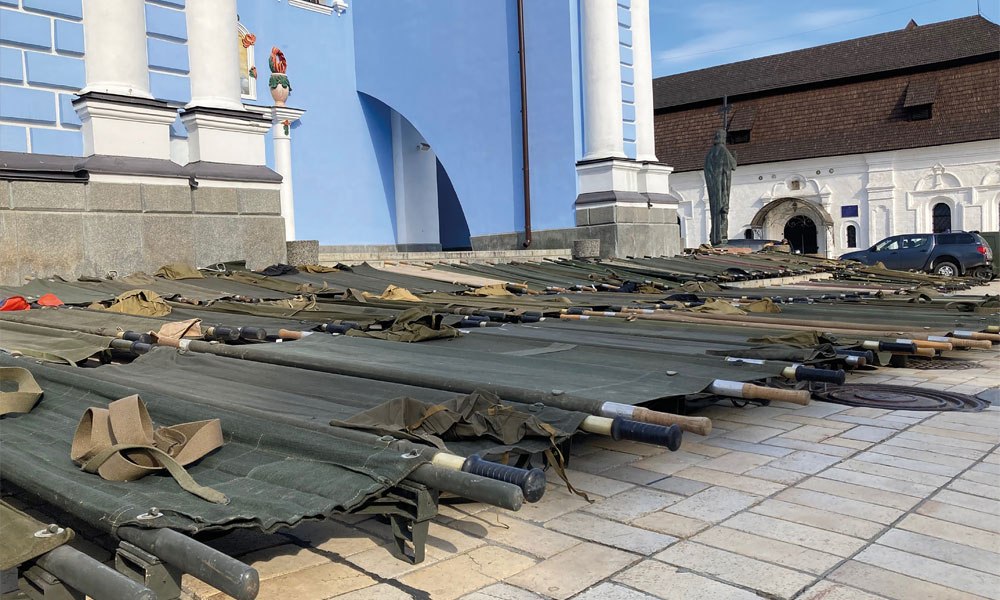
| Stretchers from an organisation of volunteer paramedics in the centre of Kyiv. |
Finally, we witnessed the devastation of these formerly peaceful suburbs. And Oleksandr’s daily fee was suddenly reduced: a large part of it turned out to have been for the soldiers with whom we would have travelled.
Following the liberation of new territories, journalists were eager to move in as soon as possible behind the Ukrainian troops. That’s where press freedom and press safety can clash.
The Ukrainian authorities have two interests. They don’t want to let large groups of onlookers into areas where the danger hasn’t yet passed. But they do want to urgently bring to light what happened under occupation.
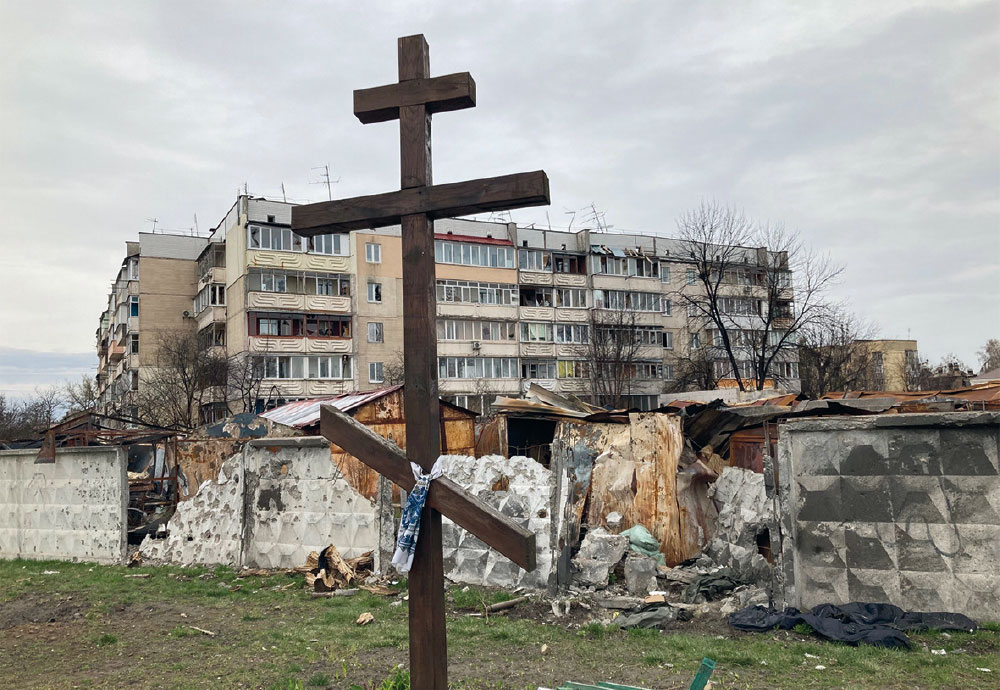
Hostomel, where the Russians made an air assault on Antonov airfield.

Lyuba and her husband chased four Russian soldiers from her garden in the town of Voznesensk.
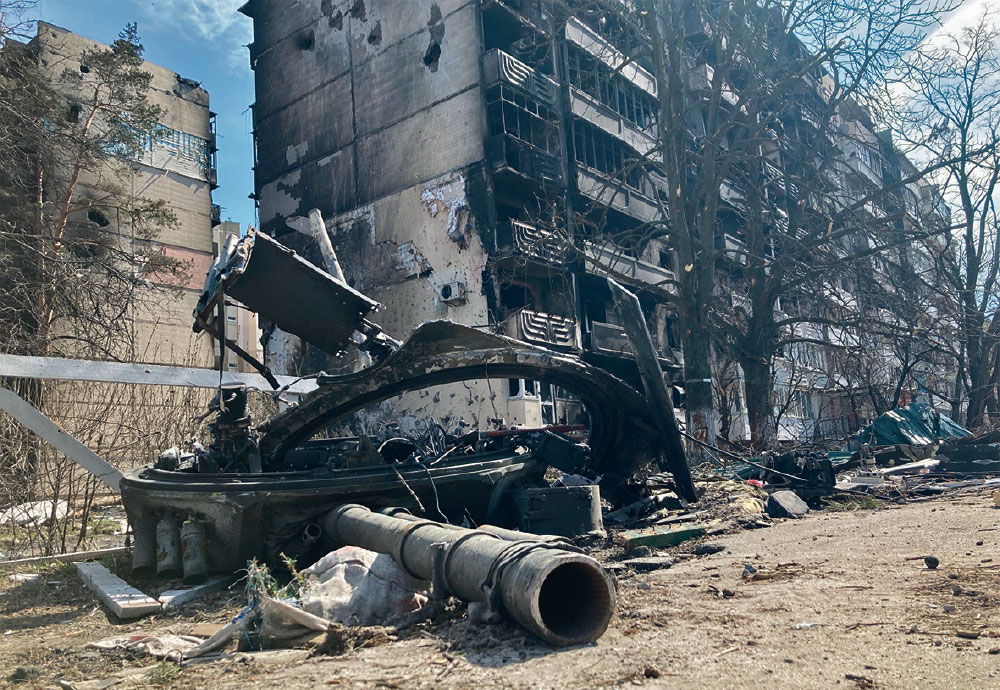
Destruction in Irpin.
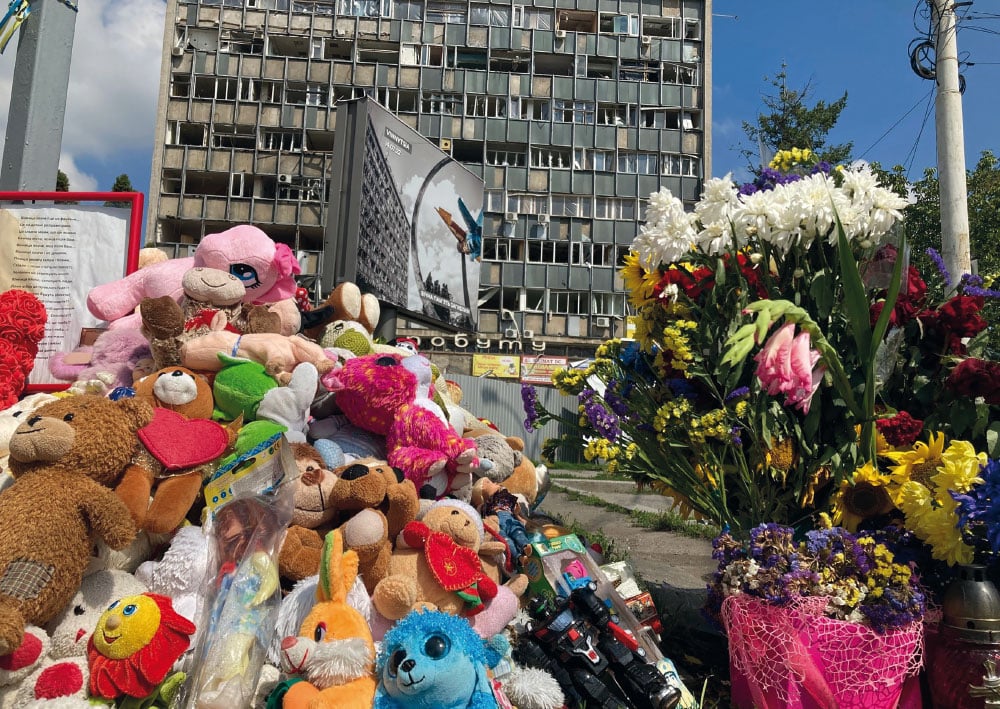
In Vinnytsia, toys lie at the site where Liza, a girl with Down’s syndrome, was among those killed by a Russian missile.
The compromise: put all the journalists in a couple of buses and drive them to the disaster zone. Several tours were scheduled the week after the liberation of the southern port city of Kherson, with the lurid highlights announced in chat groups for local media. A visit to civilian torture chambers was to be followed by a viewing of demining operations.
That’s where the problem is for us journalists. You have to be careful not to be taken for a ride by the authorities. It was no coincidence that many journalists saw the exhumation of mass graves in Bucha: they had often been driven there in buses.

In October 2021, I became the Russia correspondent for De Telegraaf, but Ukraine soon became my patch
When it came to my reports, I managed to avoid the press buses. And I wasn’t the only one.

| The bridge of the dead, where people from Irpin tried to flee. |
The biggest media, especially those from Britain and the US, can often arrange VIP treatment due to their influence, budgets and extensive contacts among the military. That’s how the New York Times was able to move into Bucha in the wake of Ukrainian troops.
And while the mere mortals had to wait for a bus tour to Kherson, camera crews from Sky News and CNN were already in the liberated city, accompanied by Ukrainian troops. The images of a British reporter being hugged by Ukrainians as if he were their liberator are already historic.

The images of a British reporter being hugged by Ukrainians as if he were their liberator are already historic
The Ukrainian army’s leadership quickly announced that the crews in question had been stripped of their accreditation for violating a ban on entry to Kherson. But that may have been for appearances’ sake: I think the army top brass was happy with this publicity.
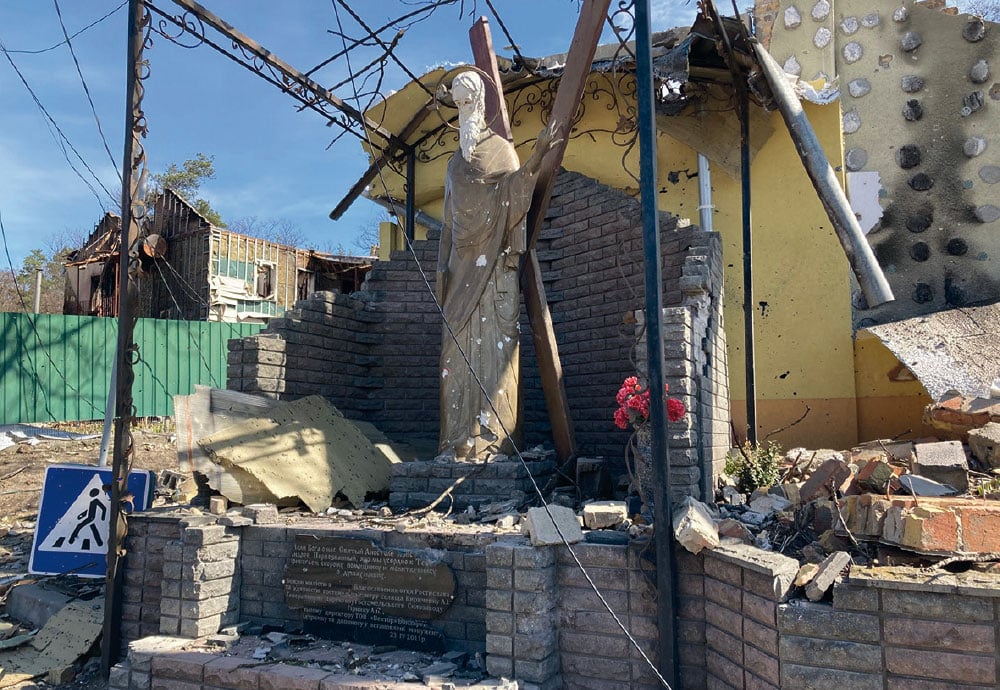
Devastation in Kyiv’s suburbs.
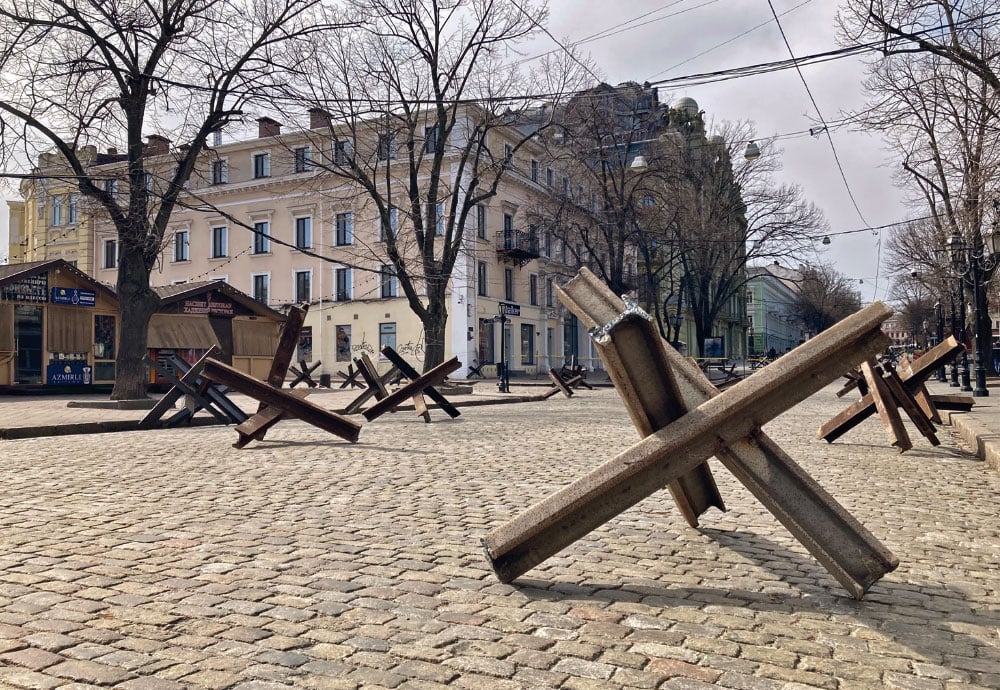
In March, Odessa’s historic centre was impassable, for tanks and pedestrians.
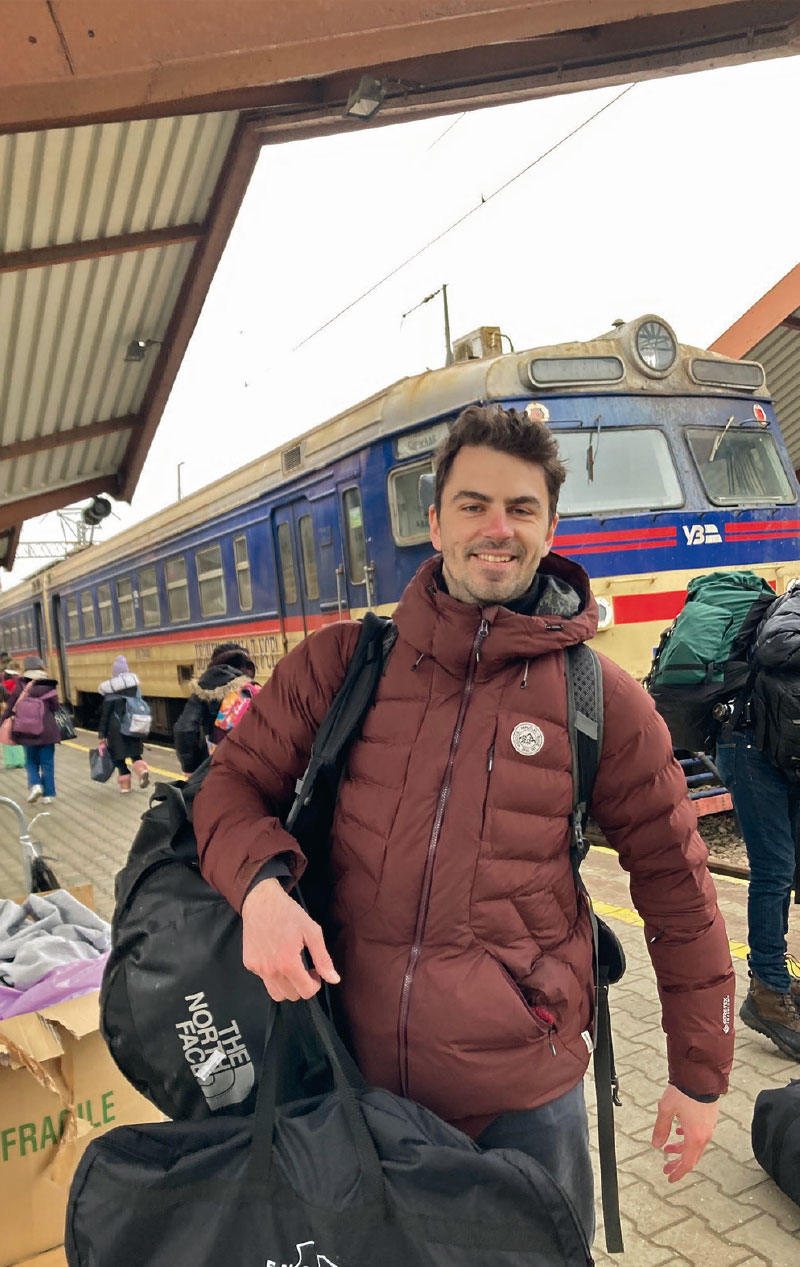
The first train from Poland into Ukraine in early March.